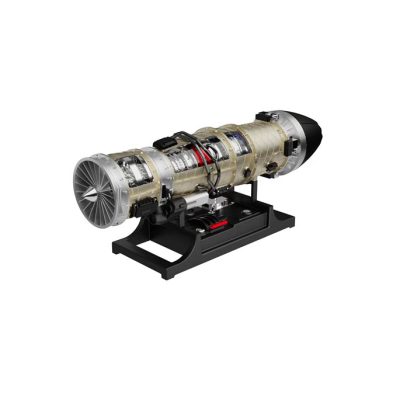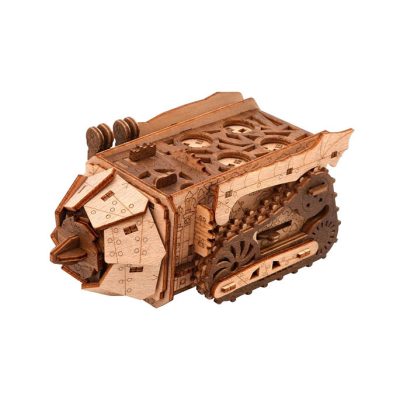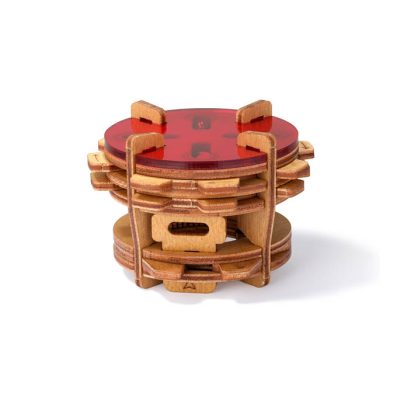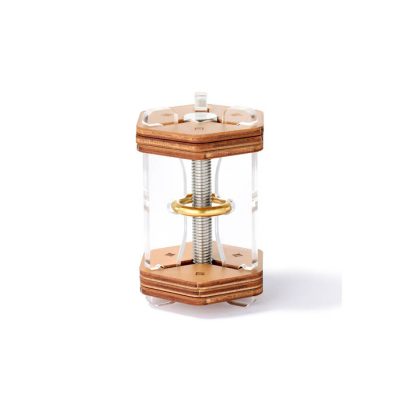-
 Dave Vinke
Dave Vinke
- Leestijd: 5 min
- Laatst geüpdatet: 29/08/2025
For model design projects, you can use various types of software, from free CAD programs like Fusion 360 and Tinkercad to professional 3D modeling software such as SolidWorks and Rhino 3D. Your choice depends on your experience level, budget, and project type. Free options are perfect for beginners, while paid software offers more advanced features for complex projects.
What free software can you use for model design?
Several excellent free software solutions are available for model design. Fusion 360 offers a free version for hobbyists with professional CAD capabilities, while Tinkercad is perfect for beginners thanks to its intuitive interface.
Fusion 360 Personal is free for non-commercial use and includes all essential features for creating detailed model designs. You can create 3D models, generate technical drawings, and even run simulations. The program supports various file formats and has an active community.
Tinkercad runs entirely in your browser and requires no installation. It uses a block-based approach that lets you quickly build 3D models. For children and beginners, this is often the best starting point.
FreeCAD is an open-source alternative that’s particularly suitable for technical designs. It has a steeper learning curve but offers great flexibility. SketchUp Free also works in the browser and is user-friendly for architectural models and simple shapes.
Blender also deserves mention as a powerful free option, although it was originally developed for animation and rendering. For organic shapes and creative modeling projects, it can be extremely valuable.
What’s the difference between CAD software and 3D modeling software for model building?
CAD software (Computer-Aided Design) focuses on technical precision and measurable designs, while 3D modeling software offers more freedom for creative design. CAD is ideal for functional components, while 3D modeling excels at visual and artistic elements.
CAD programs like Fusion 360 and SolidWorks work with exact dimensions and technical specifications. You define each component with precise measurements and can generate technical drawings. This software also calculates material usage and can run simulations for strength and functionality.
3D modeling software like Blender or Maya focuses on form and appearance. You sculpt and model more intuitively, similar to working with digital clay. These programs excel at creating organic shapes, characters, and visually appealing models.
For model building, you often combine both approaches. Start with CAD for the technical foundation and structural elements. Use 3D modeling for decorative details and organic shapes. Many modern programs like Fusion 360 combine both functionalities.
Your choice depends on your project. Building a functional aircraft model? CAD is the right choice. Creating a fantasy figure or landscape? 3D modeling is more suitable.
How do you choose the right software for your model building project?
Choose the right software by weighing your project type, experience level, and budget. Beginners should start with user-friendly free options, while experienced model builders can benefit from advanced paid software with more functionality.
For aircraft models and vehicles, choose CAD software for technical precision. Fusion 360 or FreeCAD are excellent choices here. Architectural models work best in SketchUp due to its focus on buildings and structures.
Your experience level largely determines which software is feasible. Tinkercad is perfect for children and absolute beginners. Fusion 360 requires more learning time but offers professional capabilities. SolidWorks has a steep learning curve but is industry standard.
Also consider your end result. Want to 3D print? Make sure your software can export STL files. Need technical drawings? Choose CAD software. For visualizations and renders, programs with good rendering engines are important.
Always test free versions or trials first before investing in paid software. Many programs have student versions or hobby licenses at reduced costs.
What paid software is worth the investment for serious model builders?
SolidWorks and Rhino 3D are the most valuable investments for serious model builders. SolidWorks offers industrial CAD functionality for $4,000-6,000 per year, while Rhino 3D provides excellent 3D modeling capabilities for about $1,000 as a one-time purchase.
SolidWorks is the gold standard for mechanical design and technical model building. It offers advanced simulation capabilities, assembly management, and professional drawings. For complex aircraft or vehicle models, this is unmatched, but the high costs make it worthwhile only for professional applications.
Rhino 3D combines CAD precision with creative freedom. It’s popular among architects and industrial designers. For about $1,000, you get a lifetime license, making it much more accessible than SolidWorks.
Fusion 360 Pro costs about $500 per year and offers a good balance between functionality and price. You get cloud storage, advanced simulations, and CAM functionality for CNC machining.
The switch to paid software pays off when free options limit you in complexity or functionality. If you regularly need technical drawings, manage assemblies, or want to run professional simulations, the extra capabilities justify the investment.
Where can you find the best model building software and materials?
Download the best model building software directly from official developer websites like Autodesk, Dassault Systèmes, or Blender Foundation. For physical model building materials and kits, you’ll find the largest selection at specialized online shops that focus on hobbyists and model builders.
For software installation, always start with free versions to experiment. Autodesk offers Fusion 360 free for hobbyists, Tinkercad works directly in your browser. Download Blender free from blender.org. Always check if your computer meets the system requirements before installing.
Most software has extensive tutorials and documentation. YouTube contains thousands of free lessons for every program. Official websites often offer starter guides and sample projects to get you up to speed quickly.
When you want to convert your digital designs into physical models, you need high-quality materials. We have an extensive range of model building kits for different skill levels and interests. From beginner sets to advanced projects, you’ll find everything for your next model building adventure.
Our selection includes various categories like aircraft, cars, ships, and architecture. All kits come with clear instructions and are suitable for different ages. Through our discount program, you can also benefit from attractive price advantages on multiple purchases.
The combination of digital design and physical building gives you the complete model building experience. Software helps you plan and visualize, while actual kits provide the tactile satisfaction of real construction.
Frequently Asked Questions
How long does it take to learn a CAD program like Fusion 360?
For basic skills in Fusion 360, you can expect 2-4 weeks with regular practice. The learning curve depends on your prior knowledge and project complexity. Start with simple shapes and gradually work toward advanced features like assemblies and simulations.
Can I 3D print my digital designs directly?
Yes, but your design must be 'printable.' Ensure adequate wall thickness (minimum 1-2mm), avoid overhanging parts without support, and export to STL format. Most CAD programs have built-in tools to check printability before sending the file to your 3D printer.
What should I do if my computer becomes too slow during modeling?
Reduce model complexity by disabling details, work with lower resolution during design, and close other programs. For heavy projects, consider cloud-based software like Fusion 360, which moves computing power to external servers and relieves your computer.
How do I prevent my models from becoming too complicated for beginners?
Always start with the basic shape and add details step by step. Use modular designs where you break complex parts into smaller, manageable pieces. Create a simple version of your model first before adding advanced features.
What file formats should I use for different purposes?
For 3D printing use STL or OBJ, for technical drawings PDF or DWG, and for sharing editable designs the native format of your software (like .f3d for Fusion 360). Always save your original project files to make future modifications.
Is it possible to exchange designs between different software programs?
Yes, but with limitations. Use universal formats like STEP, IGES, or STL for exchange between programs. Keep in mind that complex features like parametric history are often lost during conversion. Always test your exported files in the target program.
When should I upgrade from free to paid software?
Consider paid software when you regularly encounter limitations in functionality, file size, or export options. If you need professional drawings, want to run advanced simulations, or do commercial work, the extra capabilities justify the investment.
Table of contents
Much viewed
More blogs
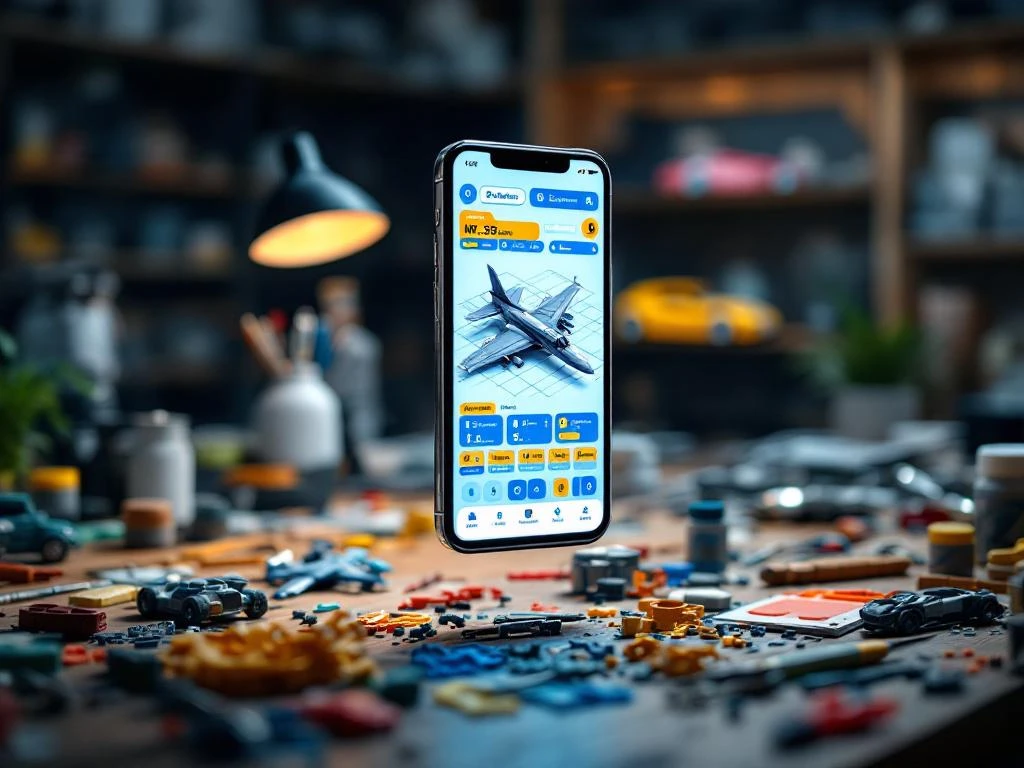
What are the best model building apps for smartphones?

How do you combine 3D printing with traditional model building?

What environmentally friendly adhesives are available for model building?

